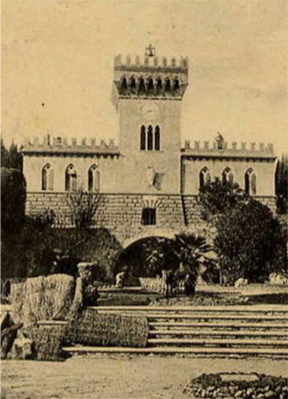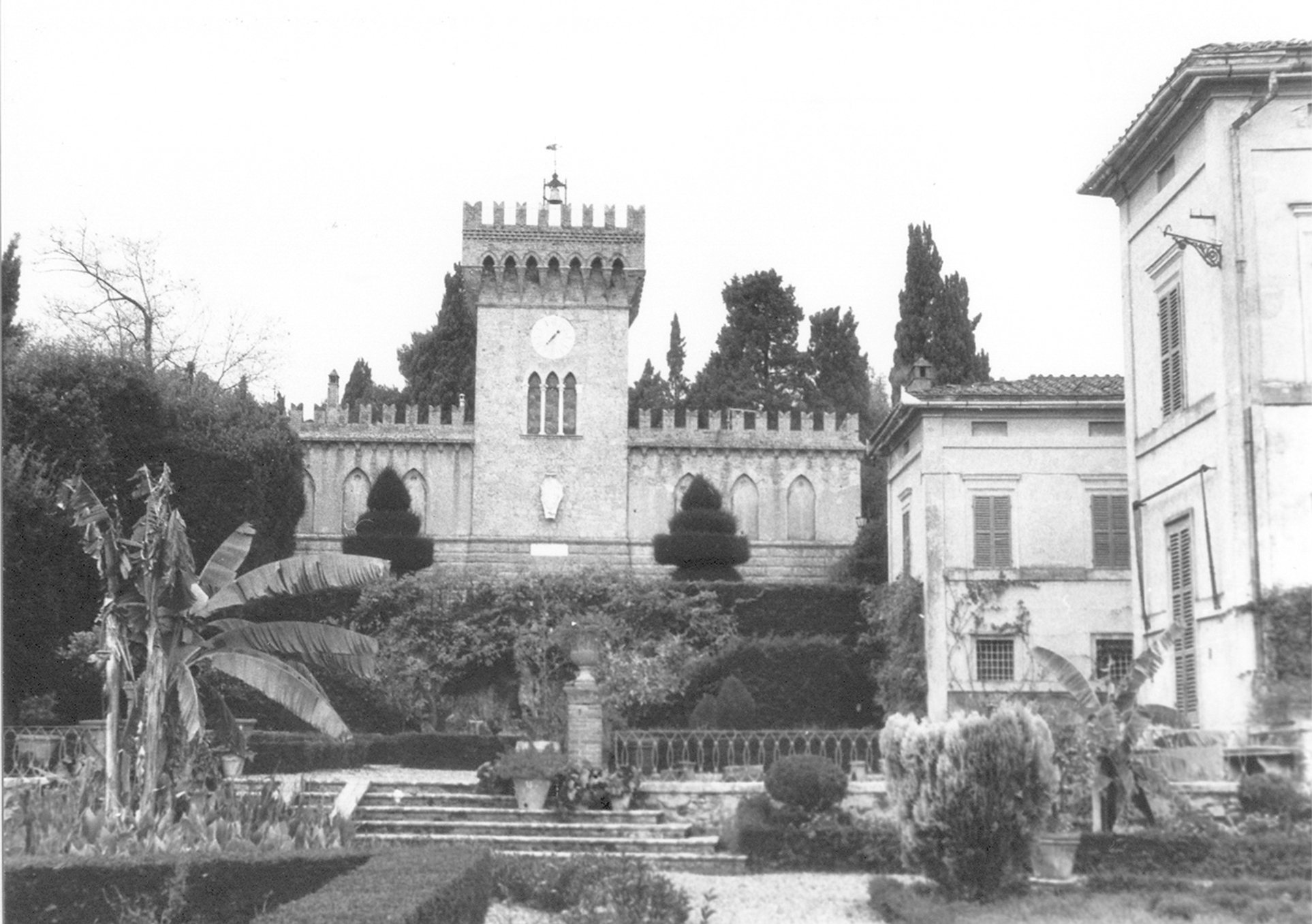THE HISTORY
The villa was built at the end of the 17th century. Damaged by an earthquake in 1798, it was remodelled according to a design by the Sienese architect Agostino Fantastici (one of the most important exponents of Tuscan neoclassical culture), who made the façade and the entrance according to the romantic taste of the time.
At the entrance to the Villa there is a large staircase, adorned with four statues, leading to the upper floor, from which there is access to the Italian-style garden formed by box and lemon tree beds and with central fountains, which is spread over three levels connected by stairs. The upper part of the garden dates back to 1800 and the lower part to 1920, attributed to the architect Wander Borren. The upper part of the garden is overlooked by a large theatre of holm oaks, one of the most important in Italy, also attributed to Fantastici. Dario Niccodemi wrote the play “L’alba il giorno e la notte” (Dawn, Day and Night) for this impressive open-air theatre, a play that was presented there in 1920.
In front of the villa is a large square, bordered by tall cedars of Lebanon. On the right as one enters the garden, a Gothic tower rises (a Sienese lookout on the Via Fiorentina), which gives the villa its name. To the left is the large Italian-style garden.
The villa has always belonged to the Sergardi Biringucci family. Built in the late 17th century for the Sienese Biringucci family, it was brought as a dowry by Olimpia Biringucci, the last descendant of an important family, when she married Curzio Sergardi. From then on, the surname Biringucci was added to the Sergardi surname. From their marriage was born the famous humanist and poet Lodovico Sergardi, Consistorial lawyer and President of the San Pietro factory, called, according to Arcadian custom, Quinto Settano.
Pope Pius VI (Braschi) stayed in the villa in 1798 when he was forced to leave Rome following revolutionary uprisings. Richard Wagner also stayed there in 1880, while he was working on the orchestration of Parsiphal.
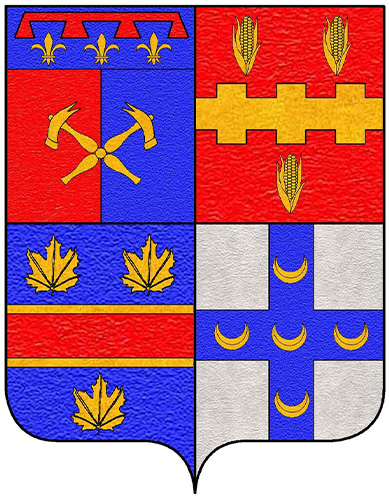
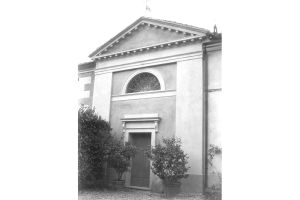
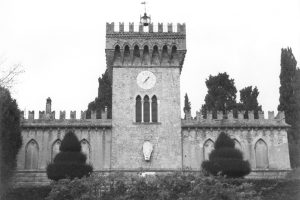
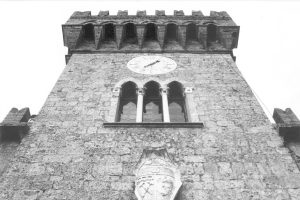
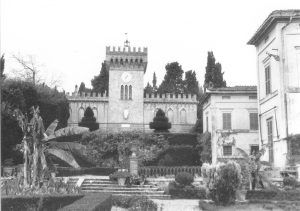
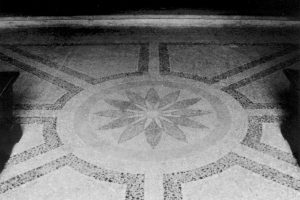
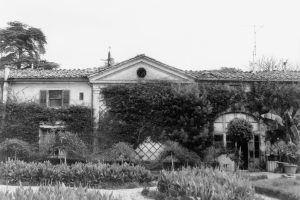
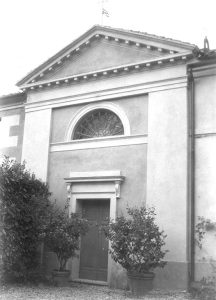
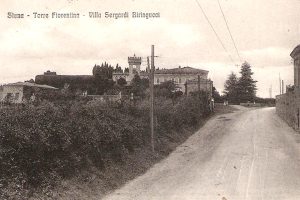
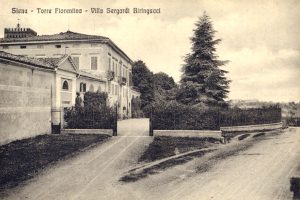
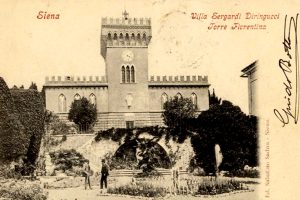
Wagner at the Villa
Wagner’s stay in Siena has, of course, its own anecdote.
Wagner had come to Siena with his wife Cosima and daughter Eva.
The Sergardi’s hospitality, discreet and thoughtful, pleased the German family very much. The artist sat on the villa’s vast terrace to reflect and compose (biographers speak of twelve daily pages of orchestral score). He strolled in the park, had lunch served in the garden, in the shade of the oleanders, enjoying the dishes prepared by the cook Giovanni Jacopi, who uncorked rare bottles of Chianti for the illustrious guest. By direct testimony of the cook himself, Richard abjured his faith in beer and converted to wine. So much so that, even at night, Eva Wagner would go knocking on Jacopi’s door because the Maestro urgently needed a cordial, the only medicine to cure him of the sudden indisposition to which he was subject. Among the stories passed down about Wagner’s stay in Siena is also the one that the composer would include in one of his pages the popular tune he heard whistling to the postman who daily delivered mail to Torre Fiorentina.


